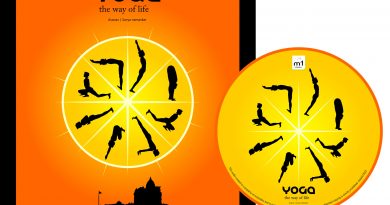Sunlit Rooms Have Half as Much Bacteria as Dark Rooms, and No Respiratory-Disease-Causing Bacteria, Study Finds
Sunshine keeps you healthy. Even Florence Nightingale, the founder of modern nursing, suggested that hospitals should be designed to let daylight in. However, back then, there wasn’t much research available that would explain why this was necessary.
A study published in the BMC Journal by researchers working at the University of Oregon revealed that exposure to sunlight killed viable bacteria (those that are able to multiply and grow). (1)
For this study, three dollhouse-sized rooms were set up: the first received daylight exposure through a regular glass, the second received ultraviolet light exposure, and the third was kept in the dark. Each room was filled with dust samples collected from several homes in Portland.
After 90 days of letting the miniature rooms sit outdoors while keeping them at a normal room temperature, the researchers took a sample of dust from each room and analyzed the types of bacteria present.
The findings were surprising and confirmed every single word your grandma already knew: Rooms exposed to adequate sunlight have fewer germs. The study revealed that the rooms exposed to daylight had only half of the viable bacteria as compared to the darker rooms. As for the room that received UV light exposure, the presence of viable bacteria was slightly less than the room exposed to daylight.
Living Indoors
We spend most of our time indoors. This research could give insights into how light affects the air quality inside a house. Linsey Marr, a professor of civil and environmental engineering at Virginia Tech, had this to say about the study:
“I think it’s a novel study because they looked at the effect of visible light, and they were also looking at real bacterial communities and real household dust”
The lead author of the study Ashkaan Fahimipour, a postdoctoral researcher working at the University of Oregon’s Biology and the Built Environment Center, was surprised to learn that daylight performed similarly to UV light at keeping away bacteria.
The researchers looked at both types of light because UV is known to be a good disinfectant and is used to clean drinking water. Yet typical window glass filters out most UV light.
The study also highlighted the fact that there were more microbes viable in the dust than previously thought. That’s because indoor dust is like a desert — it’s too dry for most bacteria or other things to grow.
Here’s what the study revealed:
- 12% of viable bacteria were present in the dark room
- 6.8% of bacteria were present in the daylight room
- 6.1% of bacteria were present in the UV-lit room
According to Van Den Wymelenberg, “6 percent of millions of cells is still a lot of microbes[…] Until now, daylighting [illuminating a building with natural light] has been about visual comfort or broad health. But now we can say daylighting influences air quality.”
Some of the bacteria that died due to exposure to sunlight belonged to a bacterial family that is known to cause respiratory disease.
In the future, researchers will be designing studies to figure out how much light is necessary to kill microbes.











